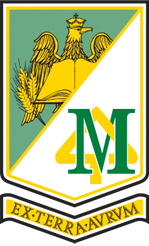Published in Scientific Papers. Series "Management, Economic Engineering in Agriculture and rural development", Vol. 21 ISSUE 1
Written by Luxita Georgiana STAIC, Marius VLADU
This article aims to draw attention to the way in which the main instrument of the innovative LEADER approach in the territory, the Local Action Group, is set up, functions and is evaluated. Also, an analysis of their evolution is presented, as from the beginning, the analysis wishing to highlight, with predilection, information on the situation of llocal action groups in Romania, in the two programming periods, focusing on the South West Oltenia region. The data presented reveal the degree of absorption of the funds allocated to the local action groups, at national and regional level, taking into account a certain reference period. It will highlight the way in which local action groups are penalized or rewarded and the connection between developed or less developed areas and the absorption of funds, by correlating certain relevant factors: rewarded and penalized local action groups and the relative poverty rate. At national level, there are 18 rewarded local action groups, respectively 18 penalized local action groups, the value of the penalties being equal to the value of the bonuses, 2,522,162.40 euros. In the South West Oltenia region, 1 local action group was penalized, 4 local action groups were rewarded, the surplus attracted in the region being of 481,786.05 euros.
[Read full article] [Citation]

 Next Issue will be published according the the calendar.
Next Issue will be published according the the calendar.



